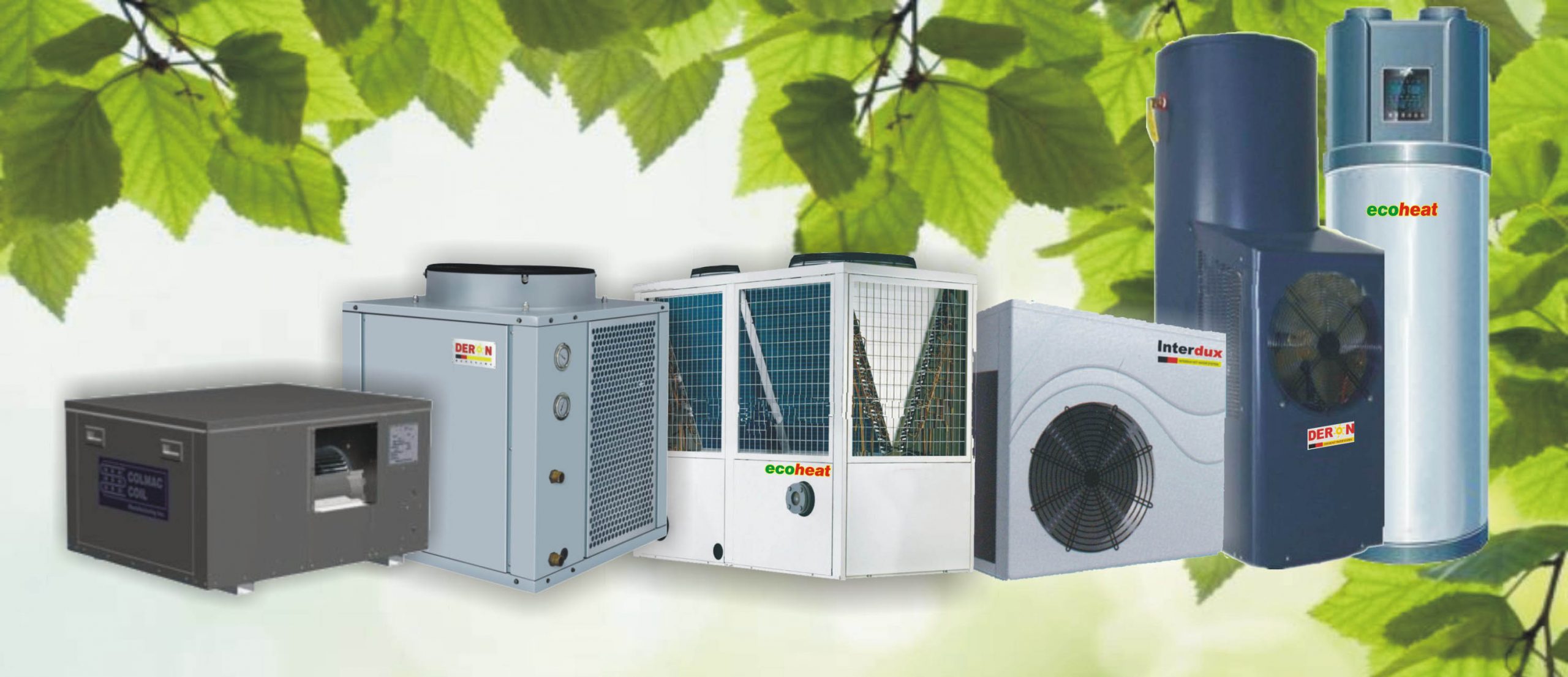
What is a Heat Pump Water Heater?
A Simple Innovation to Cut Back on Your Utility Bill
Water heaters have been used to heat and cool homes for decades, but heat pump water heaters are a new concept. Heat pump water heaters deliver hot water by efficiently utilizing a free and abundant source energy, which is the heat in the air around us.
Heat pumps are electrical devices that are designed to extract heat from one location and transfer it to another. Heat pump technology is not necessarily new. It has been used in countries like Canada for several years. Refrigerators, as well as air conditioners, work using heat pump technology. Recently, heat pump technology has been incorporated into water heating with huge dividends.
Heatpump water heaters are environmentally friendly and highly efficient. They deliver all the hot water you need, but at a fraction of the cost of a conventional electric water heater.
Now a type of water heater that in principle transfers ambient heat to the water using a heatpump water heater system, using less than half the energy requirements of conventional electric water heater units. www.energystar.gov
Heatpump water heater 2 (two) to 4 (four) times more efficient than conventional electric water heaters, according to the Department of Energy (DOE).

How It Works
A heat pump water heater works on the same principle as a refrigerator, only in reverse: instead of pumping heat outside, it transfers it into the water.
The European Heating Industry on its website www.ehi.eu states:
The Heatpump Water Heater operates like a refrigerator in reverse: the refrigerant releases low temperature heat from the environment, which causes the coolant in the system to evaporate; the refrigerant is then compressed; heat is released in the condenser and transferred to the water circulating in the heating system.
1. Air around the heat pump unit is taken / smoked by evaporator equipped with a fan and so that air into the heat pump unit.
2. The air with the help of refrigerant ( working fluid that is in the refrigerator ) and compressor temperature is raised then transferred / streamed to the Heat Exchanger (HE).
3. The air temperature will have risen automatically to transfer heat to the Cold Water Pipeline in the Heat Exchanger . ( Law of Thermo II : Heat will always flow to the place where the temperature is lower )
4. Remaining hot air that was not transferred will flow to the Expansion Valve so that its temperature down and put back into the evaporator and so on .
5. The cold water that has been rising temperature ( hot water ) into the Hot Water Storage Tanks.
6. The hot water from storage tank will be distributed to the Hot Water Pipe Distribution.
7. Inlet of cold water that has entered the inlet cold water storage tank will be suction and push it in to the Heat Exchanger back through the pump so that the temperature rises ( hot water ) .
Heat pumps provide you with sanitary hot water using less energy and at the fraction of the cost.
